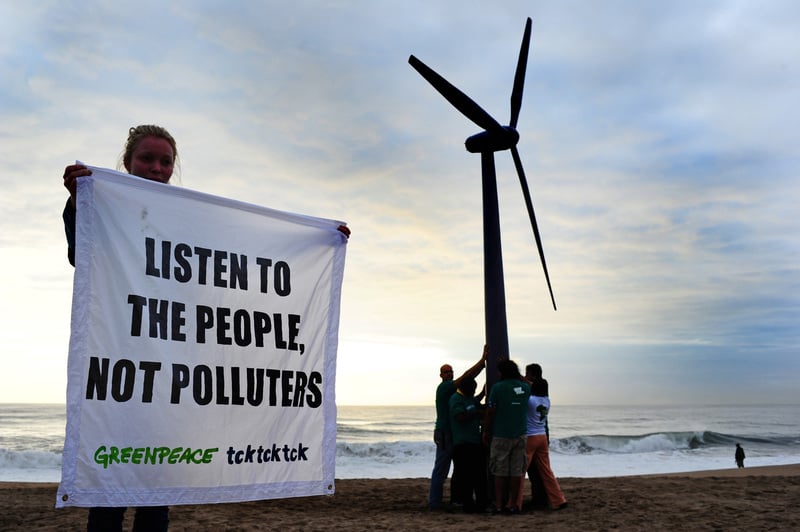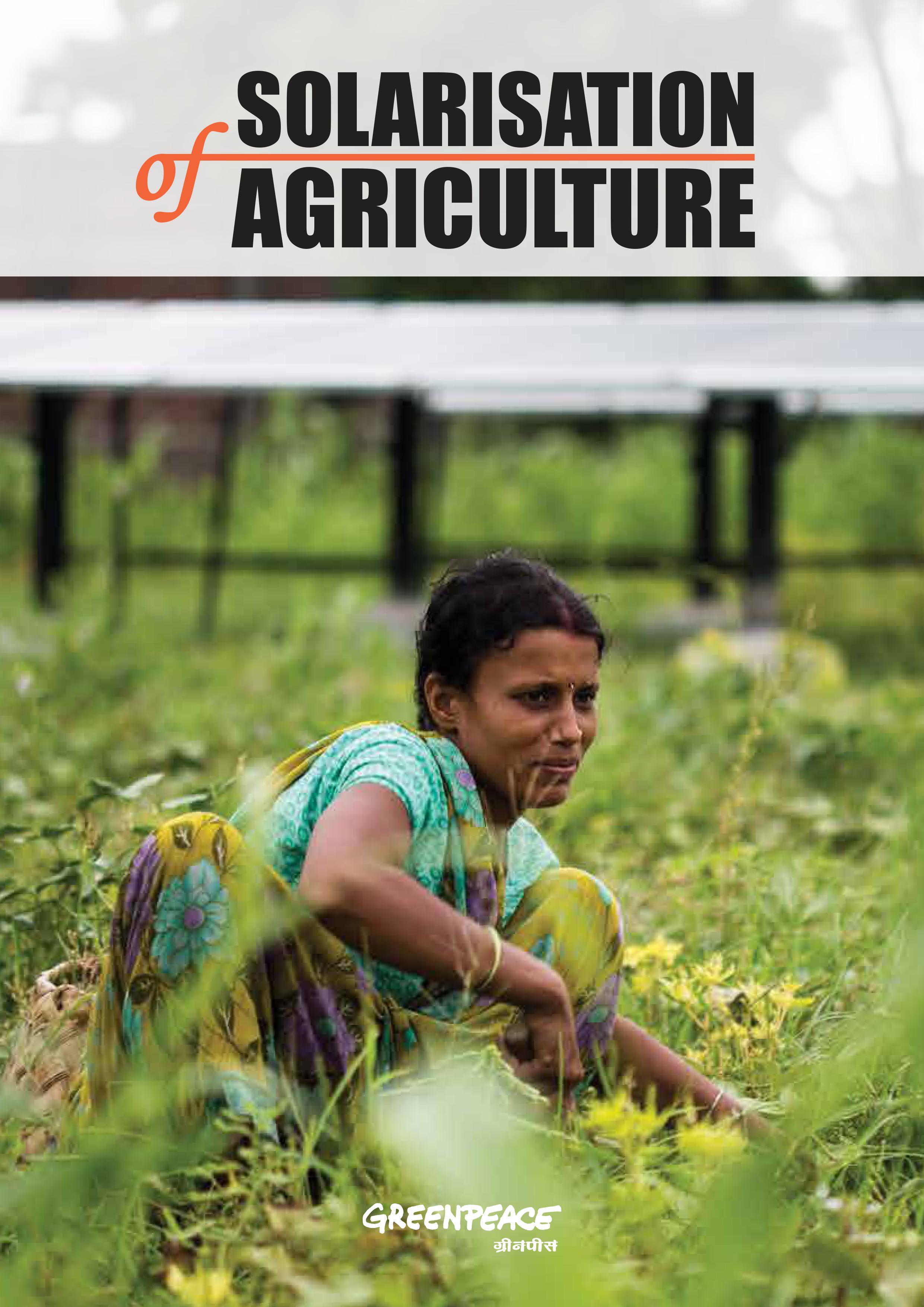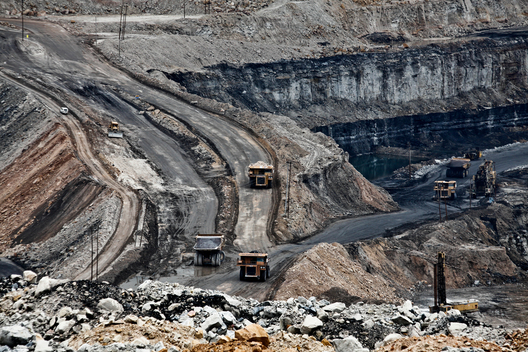Delhi one of the worst performers
Even as Prime Minister Manmohan Singh last week promised to double India’s renewable energy capacity by 2017, the country’s present commitments on clean energy have remained unfulfilled.
According to the report “Powering Ahead on Renewables: Leaders and Laggards”, released by Greenpeace and Infraline Energy, 22 out of 29 states in the country failed to meet their Renewable Purchase Obligation (RPO) targets in 2012.
RPO targets define how much electricity in the country is estimated to be produced from renewable energy sources. The RPO policy, devised under the National Action Plan on Climate Change (NAPCC), targeted to produce 5% green electricity in 2009, 7% in 2012 and 15% by 2020. However, the states fixed their own RPO targets, which totaled 5.44%. As a result of the inconsistency between national renewable energy targets set by NAPCC and the RPO targets fixed by state electricity regulators, the country registered a deficit of 1.56% or loss of 14,268 million units of electricity. The actual loss is 18,300 million units.
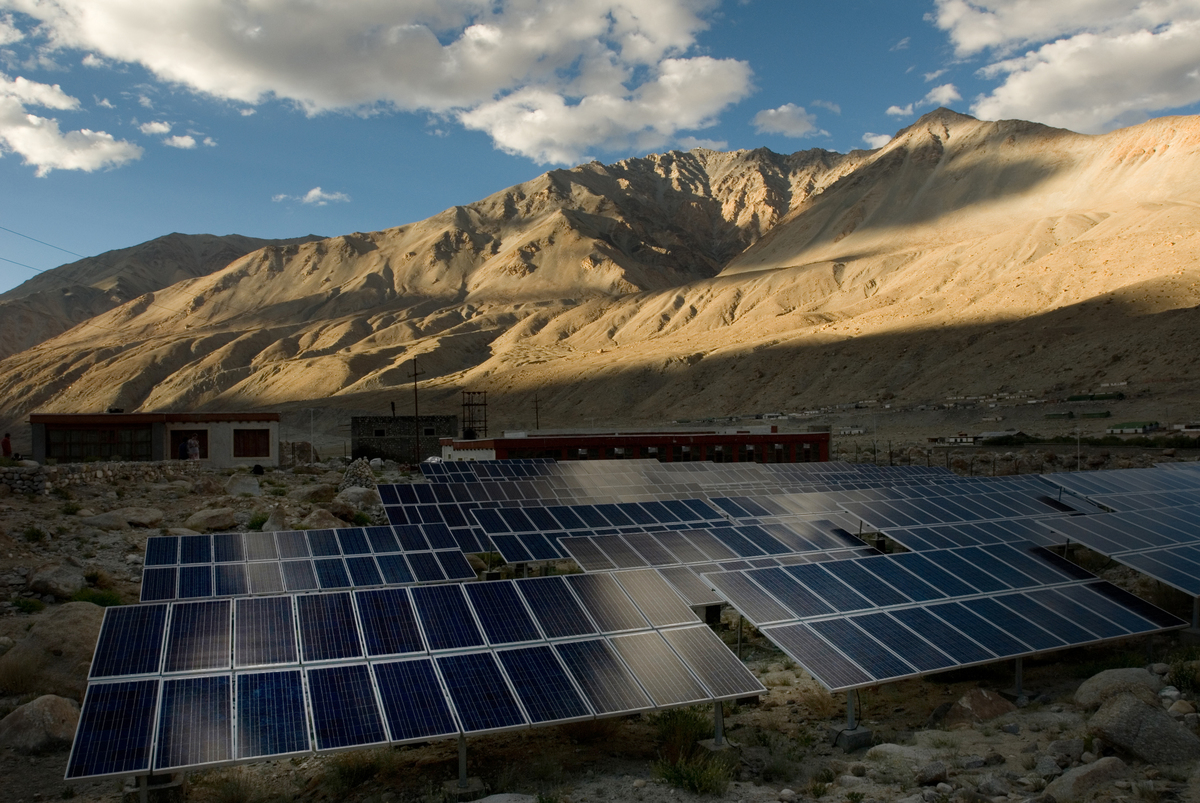
The 100 kWp stand-alone solar photovoltaic power plant at Tangtse, Durbuk, Ladakh. Located 14,500 feet AMSL in the Himalaya, the plant supplies electricity to a clinic, a school and 280 houses in this remote location for around five hours per day.
Abhishek Pratap, Senior Energy Campaigner Greenpeace India says, “This report is an indictment of the whole policy framework around renewables and the dismissive attitude of the government towards it. RPO mechanism could have been a tool to bridge the demand-supply gap in the energy sector across the country. But the toothless mechanism combined with unambitious targets has failed to give any impetus to renewables in India.”
The states which outperformed their targets are Meghalaya, Nagaland, Uttarakhand, Himachal Pradesh and the southern coastal states of Tamil Nadu and Karnataka. While Meghalaya set a RPO target of 0.75% and achieved 4.10%, Tamil Nadu achieved 19.14% against 9%. Among the worst-performing states are Delhi, Maharashtra, Punjab, Andhra Pradesh and Madhya Pradesh.
While Delhi did not even have one percent achievement, other key states like Maharashtra and Punjab fell short by about 50%. “Delhi has a very good potential for solar and being the national capital should have been a trend setter. But it has set the trend in the reverse direction,” added Pratap.
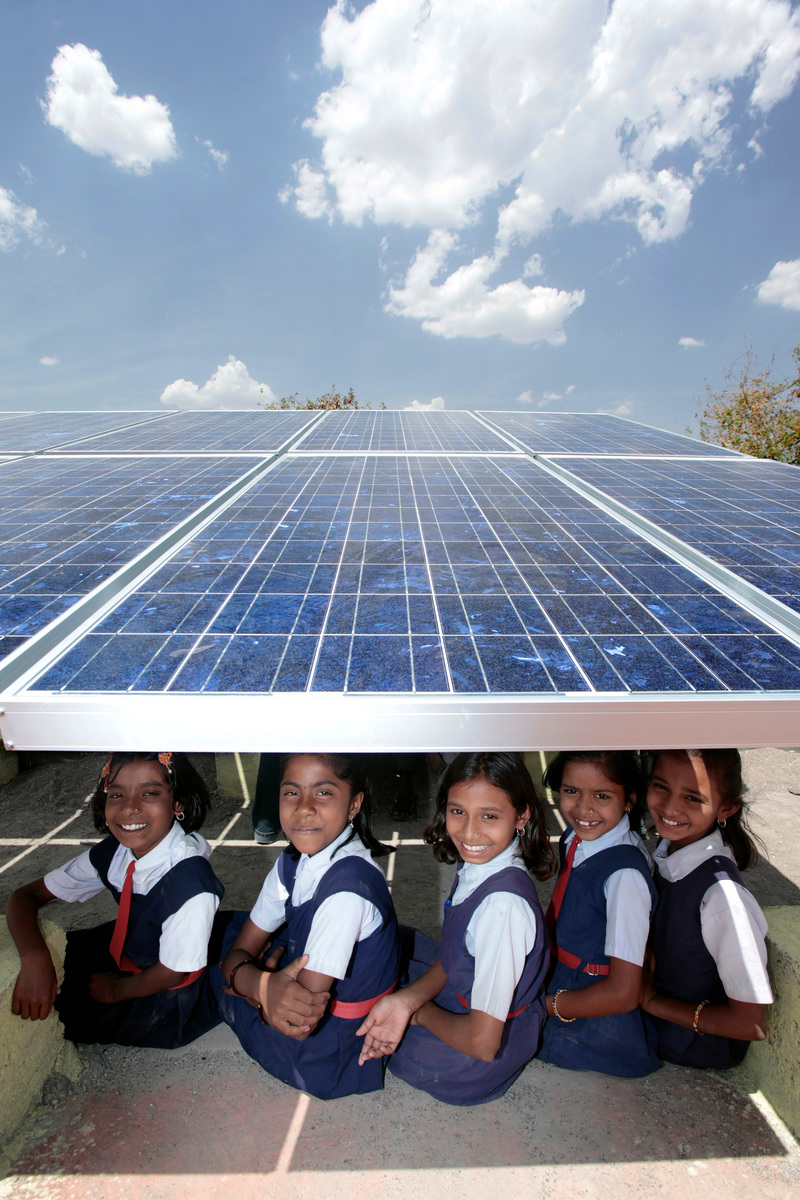
Girls from the Jalka village in Maharashtra, enjoy the shade under the newly installed solar panels that power the fans in their school.
Notably, performance on renewables in the three major coal bearing states of Chhattisgarh, Madhya Pradesh and Jharkhand was contrasting, with the former taking the lead and the latter two falling far behind. The report highlights the lack of penalty measures undertaken against states that miss out on their targets.
It also looks at the skewed RPO mechanism and suggests replacing the existing policy with a more equitable and effective differential RPO policy. Rohit Khatri, Energy Researcher, Infraline Energy, said, “Each state must develop differential RPO targets that are based not only on current renewable energy capacity but also the existing consumer profile, the state’s fiscal deficit and GDP. The report recommends the same criteria be used for setting new RPO targets that are ambitious, equitable and viable but mandatory for every state”.
The report further recommends fiscal and policy measures to promote renewable energy projects over conventional electricity. To improve the share of renewable energy in the electricity grid for its distribution and supply and fight the pricing perception barrier, higher amount of renewable energy should be taken on priority basis from renewable-rich states and proper inter-state transmission must be opened up.
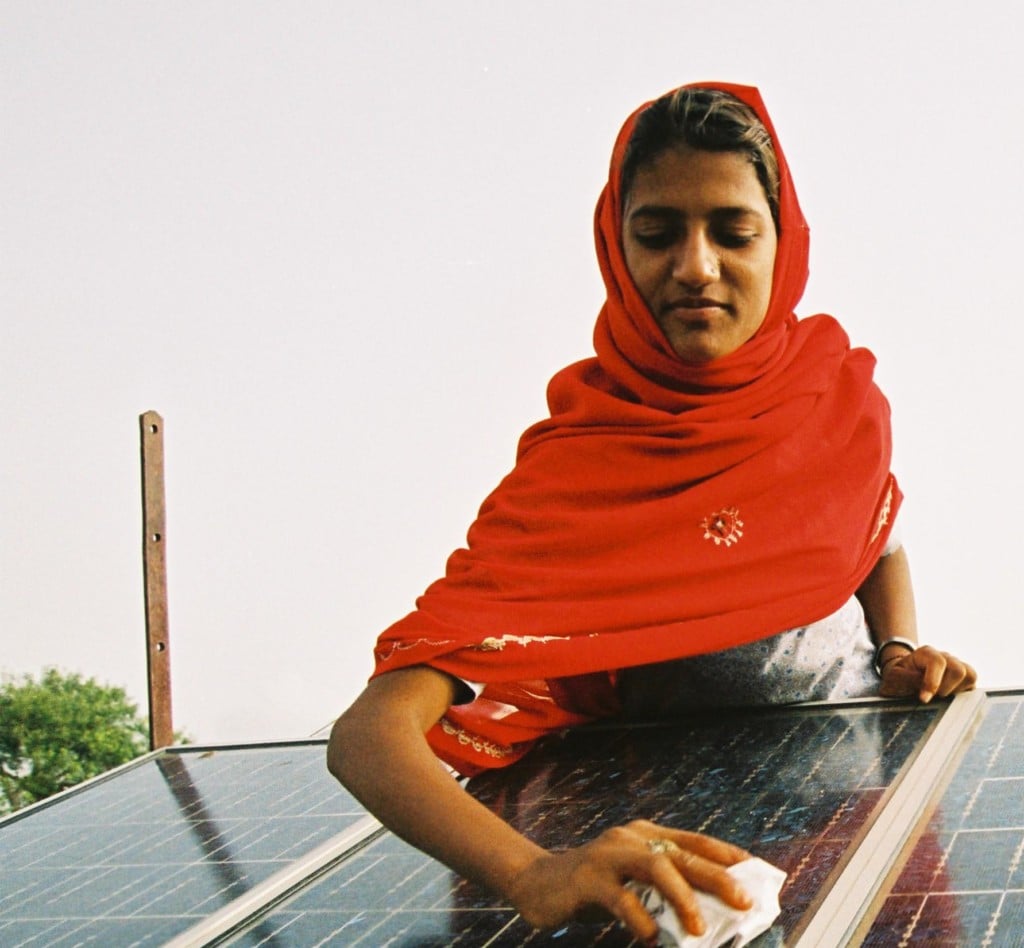
The Sun is a renewable source of energy and is one of the cleanest sources.
Get Involved
